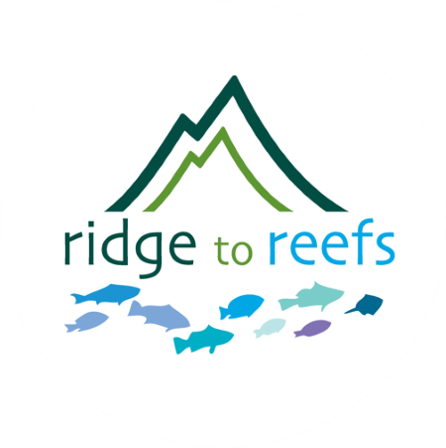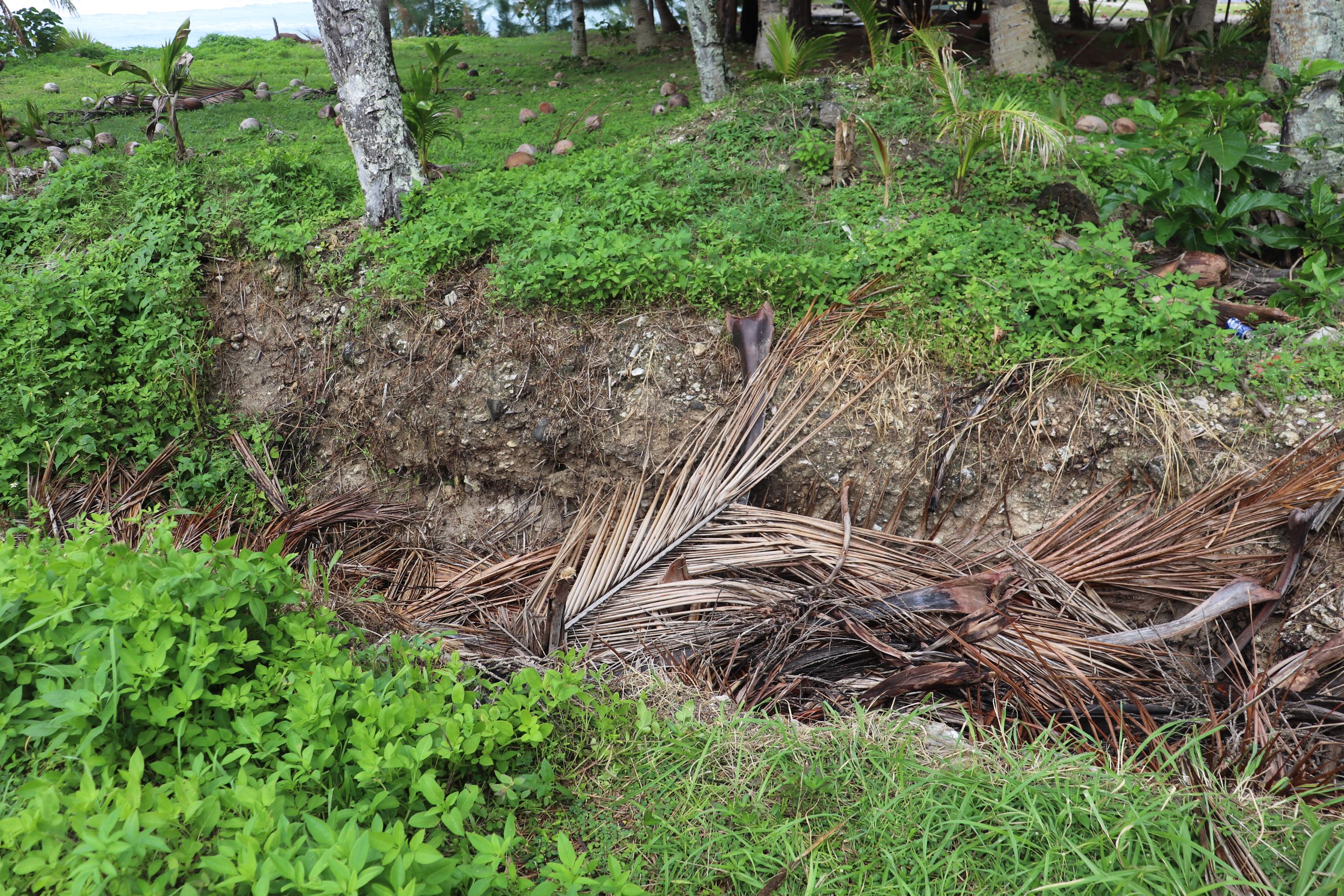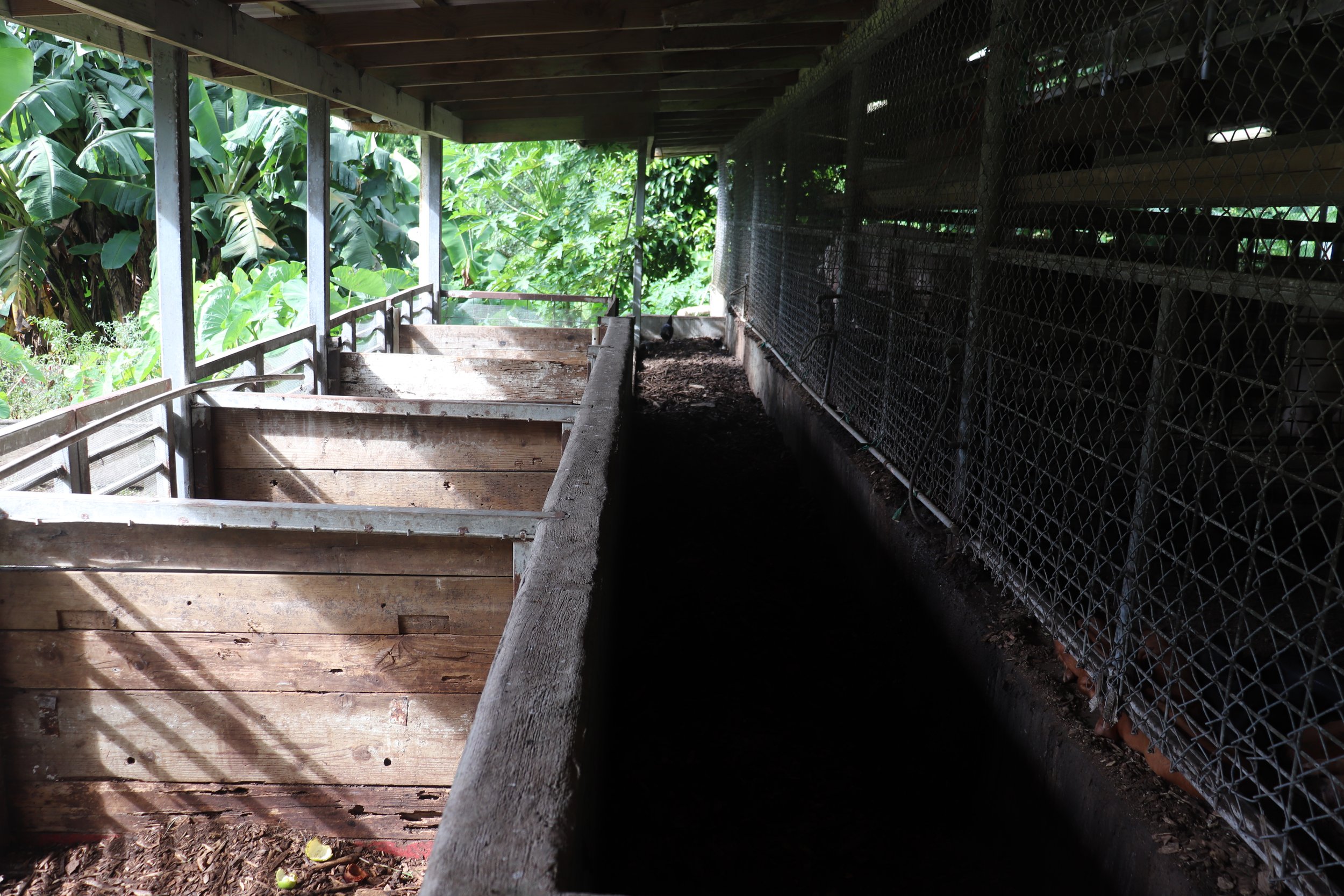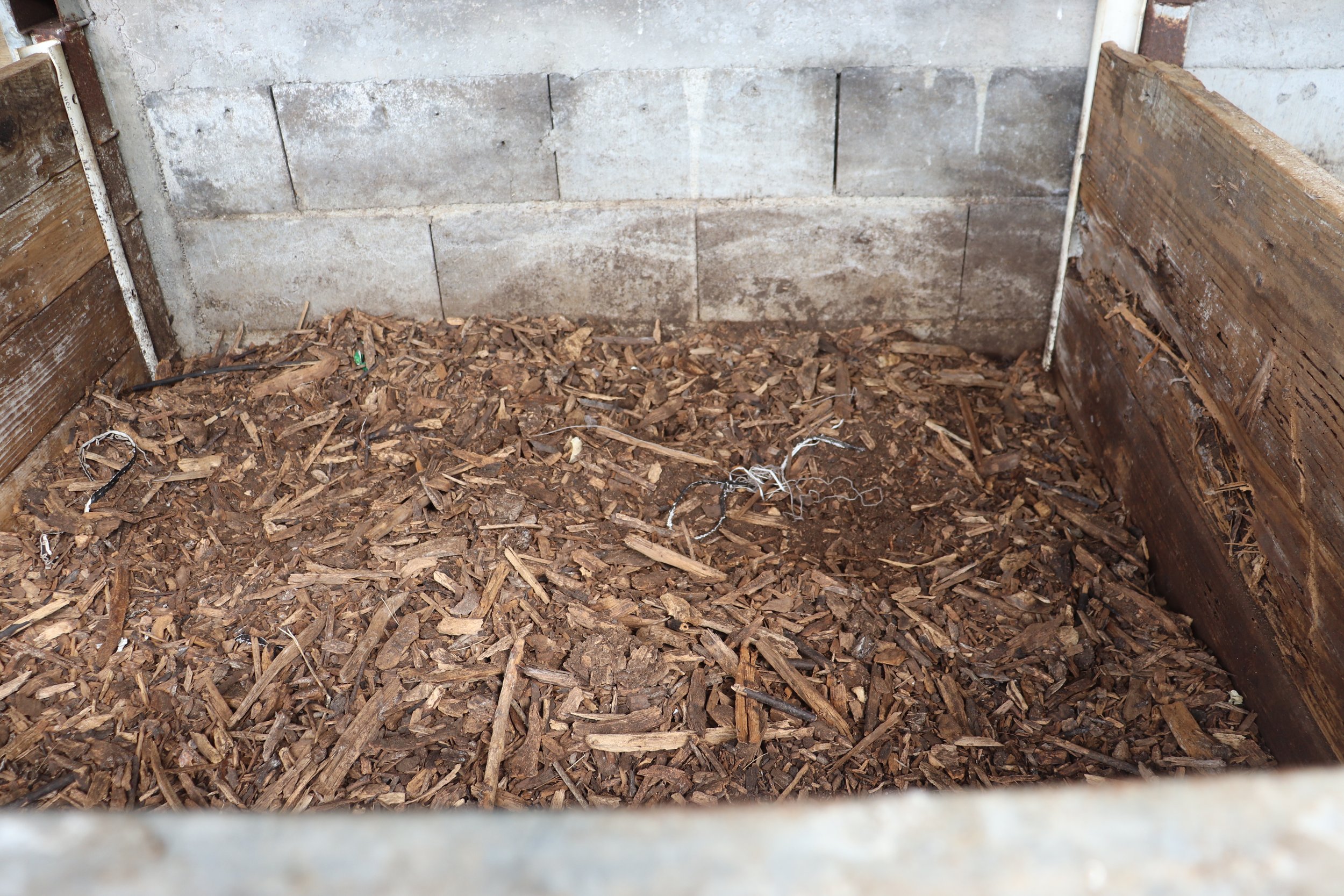American Samoa Community & Coral Reefs
Welcome to American Samoa! Read on for the Spring 2023 udpates :)
Ship at Harbor & Community Efforts
The island of Manu'a is surrounded by ocean. Depending on weather, a large boat arrives with shipment of pallets of items purchased from the the main island. The shipment boat can't come into the Manu'a harbor, so the community comes together when the boat arrives.
The community members take their own boats out to the big boat. On shore, people help each other fill their trucks full of things they need. This collaboration is a testament to the importance of community in food and resilience security. If there is a storm and the boat can't come, or if the waves are too big, there are meaningful delays. This is a clear demonstration of what resources to never take for granted, and the critical importance of climate resilient community systems.
Wetlands Work
Manu'a is mostly pristine. This wetland is important for preserving water quality. Can you see how the wetland comes right up to where the shore meets the beach? This juxtaposition of ecosystems naturally manages water flows. Wetlands provide critical filtration, slowing down water flowing from land to the reefs, and protecting the islands from high storm wave energy. People working to preserve the wetland post the signs, "Keep Manu'a Beautiful."
Protecting Coral & Public Health: Denitrifying Curtain
Progress on building a denitrification curtain! Manu'a has steep mountains and the communities are right on the shore. Rain floods through ravines creating temporary flooding waterfalls from the roads, carrying pollution of any sort directly to the ocean. We are working to intercept water flows, building a big denitrification curtain perpendicular to the ravine.
Keith AhSoon, American Samoa Restoration Coordinator for Ridge to Reefs, is preparing this area and building the denitrification curtain. The first steps shown here are digging the trenches and laying in palm fronds to establish a wall. This slows and filters runoff rainwater before it goes into the ocean.
Harvesting Tumeric
Dustin Mule-Snow harvesting tumeric grown on his farm, kindly offering some to our traveling staff. Tumeric offers many health benefits!
Piggery Solutions
This is the piggery at the American Samoa community college. They have 2 kinds of systems in one here. One half is "Wash Down," washing manure down into a trench which flows to a septic tank or out to the environment where it can cause surface or groundwater contamination. The challenge is, even when a septic system is attached pumping the septic tanks, the water and power authority will not pump these; once the septic system fills, the overflow goes out into the environment. Also, the septic systems can also contribute to groundwater nitrate pollution that is harmful to coral reefs. This type of wash-down system, if the septics are not present or pumped, contributes to public health crises, including leptospirosis outbreaks.
The other side of this system is a "Dry Litter System." Here, a pig stands next to a a pile of composting wood chips used in the "Dry Litter System." The challenges with the "Dry Litter System" are 1) a lack of available wood chips and 2) a very labor intensive process to remove the waste and re-cover with expensive or unavailable wood chips.
A solution to these challenges is a "Deep Litter Piggery System." In this system, cover is simply layered on top of the manure for on-site composting. This method is less labor intensive, effective, and protects downstream water quality.
This work was funded by the Department of the Interior American Samoa DOI Coral Reef and Natural Resources Grant. The “Decreasing Land Based Sources of Pollution to Coral Reefs in American Samoa" project supports building dry litter piggery applications & denitryfing curtains, which are two approaches identified as the best-fit technology for addressing piggery and runoff water quality challenges in these sites in American Samoa. The sites and methods were identified in partnership with the Coral Reef Advisory Group (CRAG), the National Oceanic and Atmospheric Administration (NOAA), the Department of Marine and Wildlife Resources, and Ridge to Reefs. This collaboration developed the Vatia Watershed Action Plan for Water Quality and Coral Reefs, published in July 2019.











